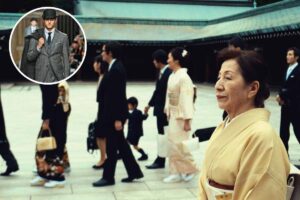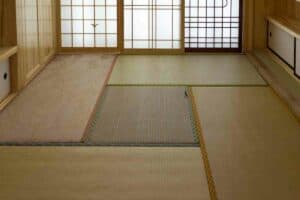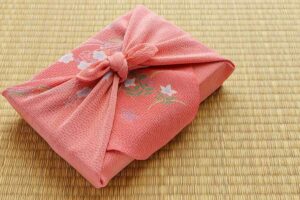If you ever get the chance to walk into a Japanese person’s bedroom, you might be surprised not to see a bed at all.
If you do see a bed, it might not look how you’d expect if you come from the Western world.
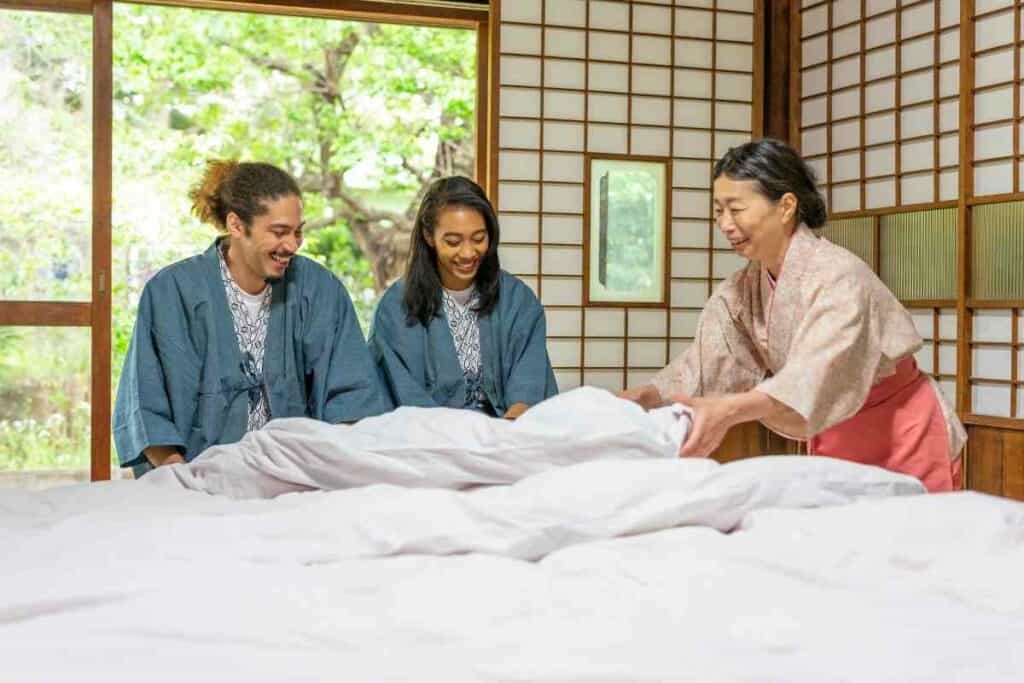
For centuries, Japan has had minimalist sleeping arrangements, which make this country very different from a lot of the world.
The traditional Japanese way of sleeping has been gently creeping further across the globe as people seek more minimalist lifestyles.
So, what are beds like in Japan and how are they different from Western-style sleeping arrangements? Let’s take a look.
Table of Contents
Sleeping basics in Japan
As tradition would have it, Japanese people sleep on the floor.
There are many reasons why this tradition could have come about:
- it’s space-saving
- it’s cooler
- and it’s safer in earthquakes
Whatever the reasons, traditional Japanese beds are interesting.

A traditional Japanese bed is made up of a precise combination of mats and cushions.
Instead of carpets, Japanese people tend to cover their floors with tatami mats. These are typically twice as long as they are wide and are covered with soft rush.
Inside their layers, you’ll find rice straw as the core (doko) but some more modern tatami have foam inside or compressed woodchip.
The edges are typically covered with cloth or brocade, but some don’t have edging at all.
On top of the tatami, you’ll find a mattress called a Shikifuton. Then the duvet is called a kakebuton.
Finally, you have a pillow stuffed with buckwheat hulls.
In the West – We think of our futons as a foldable sofa bed with a think mattress on top, but in Japan there would be no frame.
Futons are losing their prominence in Japanese homes, but you can still find them in traditional inns called ryokan.
Let’s explore the bed parts in more detail.
Tatami Mats
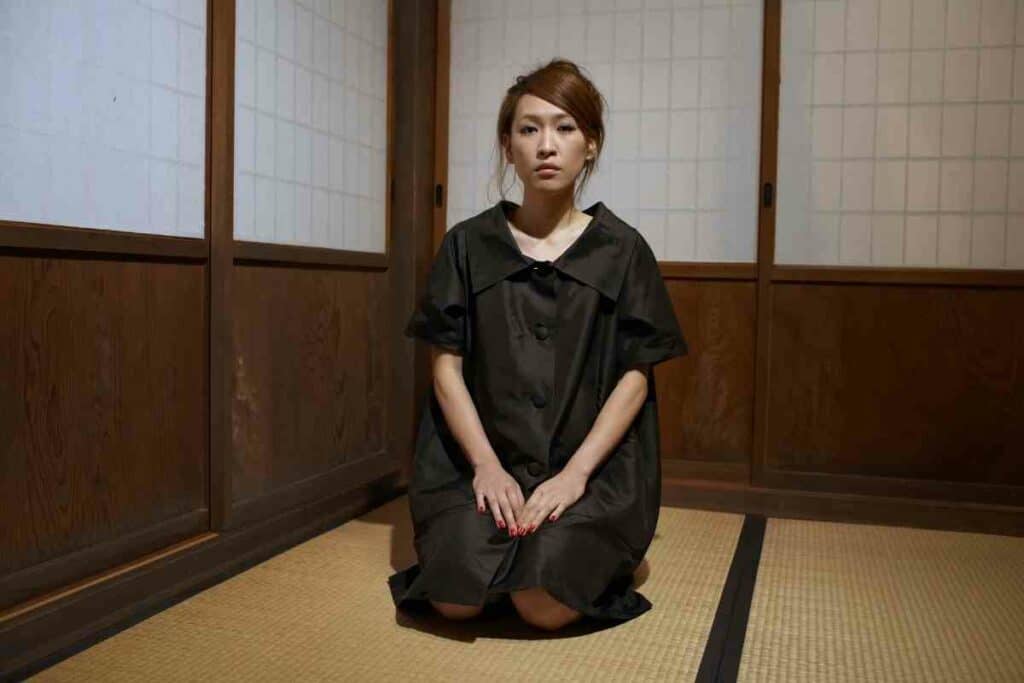
Though tatami mats were traditionally used for flooring in Japanese homes, you’ll mainly find them in tatami rooms now and they’re used just for sleeping.
The name tatami comes from the Japanese for ‘to fold’ tatamu as the mats would traditionally be folded up when not in use.
Originally – These were a luxury that only the nobility had access to. It is thought that before the mid-1500s, samurai, and nobility would sleep on tatami or goza (other woven mats) and commoners would use loose straw or straw mats.
It wasn’t until the late 17th century that tatami spread into all homes.
There are three different sizes of tatami depending on the region:
- In Kyoto, they measure 0.955m x 1.91m and are called Kyoma.
- In Nagoya, they measure 0.91m x 1.82m and are called Ainoma.
- In Tokyo, they measure 0.88m x 1.76x and are called Kantoma or Edoma.
As well as making the floor much more comfortable, they’re also a moisture barrier and a breathable layer between the floor at the bed on top.
The Shikifuton
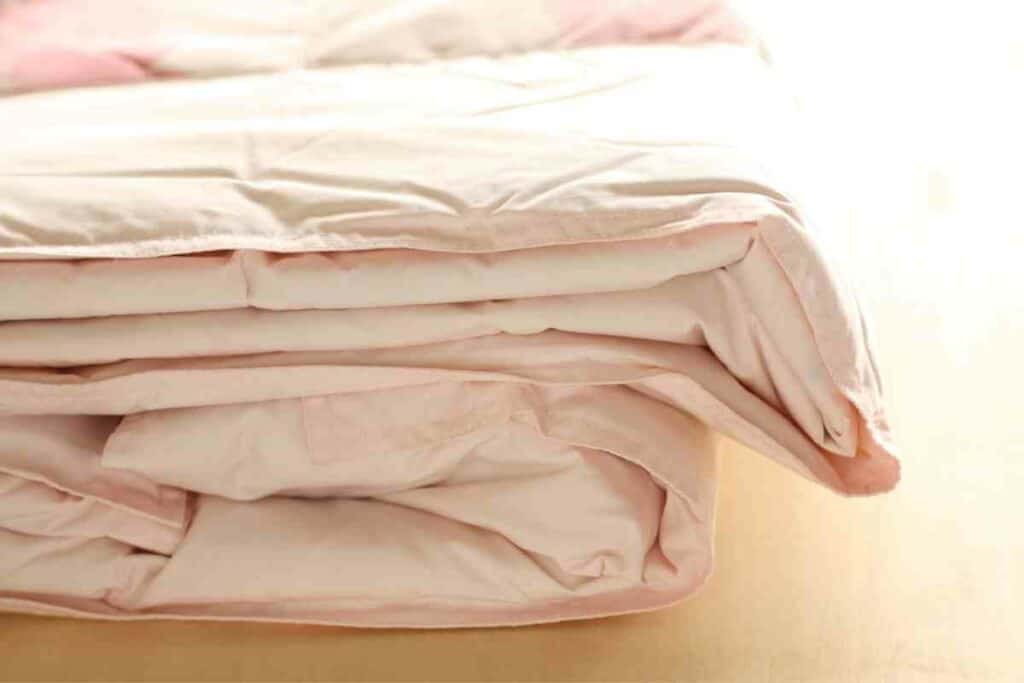
The next part of the Japanese traditional sleeping method is a shikifuton, which you might also see as shikibuton.
This is a thin mattress that is around three to four inches in thickness. It’s usually made from cotton.
When it’s bedtime, the shikifuton comes out and is placed on top of the tatami. When it’s morning, it is rolled away again and stored away.
When it’s stored, the sleeping area or tatami room can be used for other things.
Many Japanese people will often hang out their shikifuton for airing in the sun to prevent mildew or mold from forming.
The Kakefuton
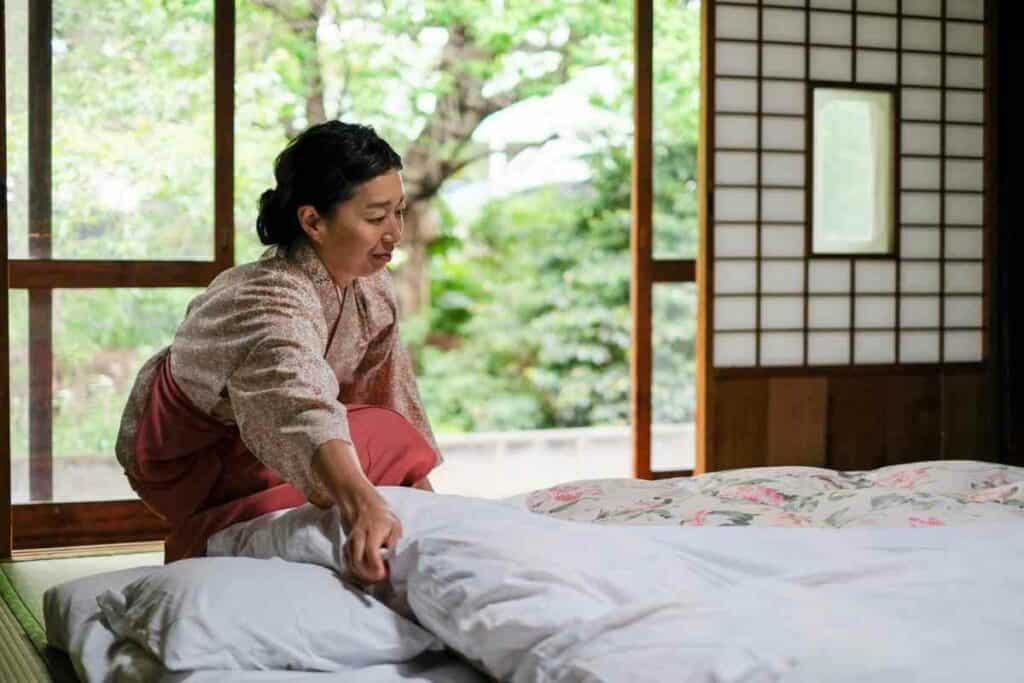
A kakefuton (also called a kakebuton) is the traditional duvet in Japan.
They usually have a silk-fiber interior. This helps create and retain and even heat spread.
It’s also an inhospitable environment for dust mites, making it hypoallergenic.
A kakefuton will often come with a cover for ease of washing and maintenance.
The Sobakawa
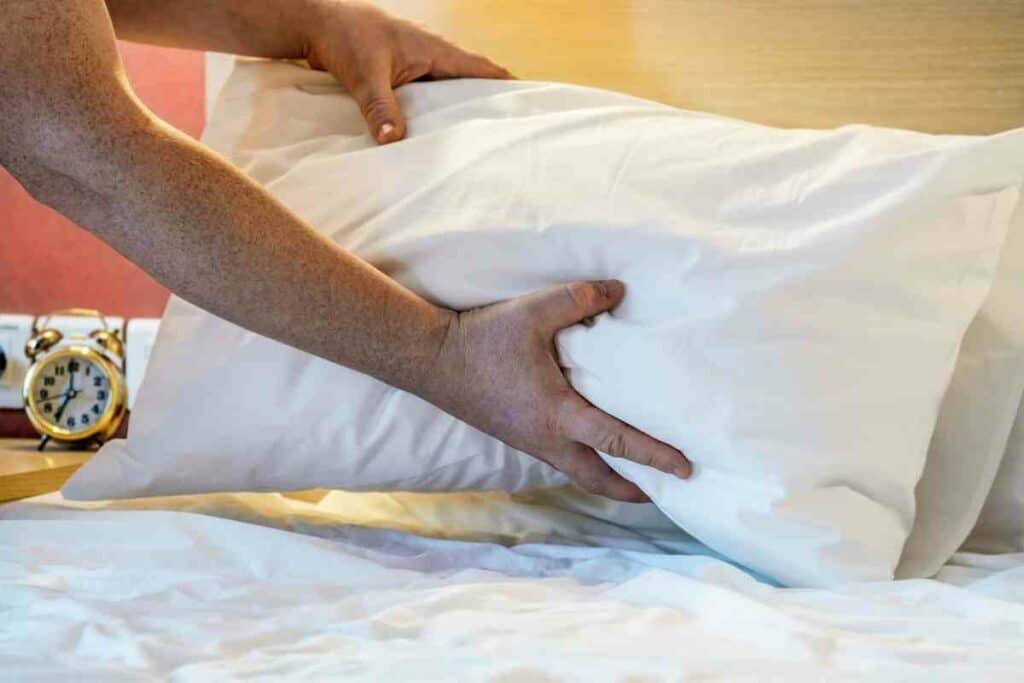
The last part of the traditional Japanese sleeping arrangement is the sobawaka.
This is a pillow filled with buckwheat hulls. The buckwheat hulls are typically organic, washed and encased in an inner sleeve.
The sleeve usually has a zipper so you can remove or add more buckwheat hulls for your comfort.
As a Stuffing Material – Buckwheat hulls are great because they allow the air to circulate, thus cooling down the surface. You can’t wash the stuffing material, but you can remove it in order to wash the outer case.
Why is a Japanese bedroom beneficial?
According to the Sleep Foundation, sleeping on the floor has many benefits.
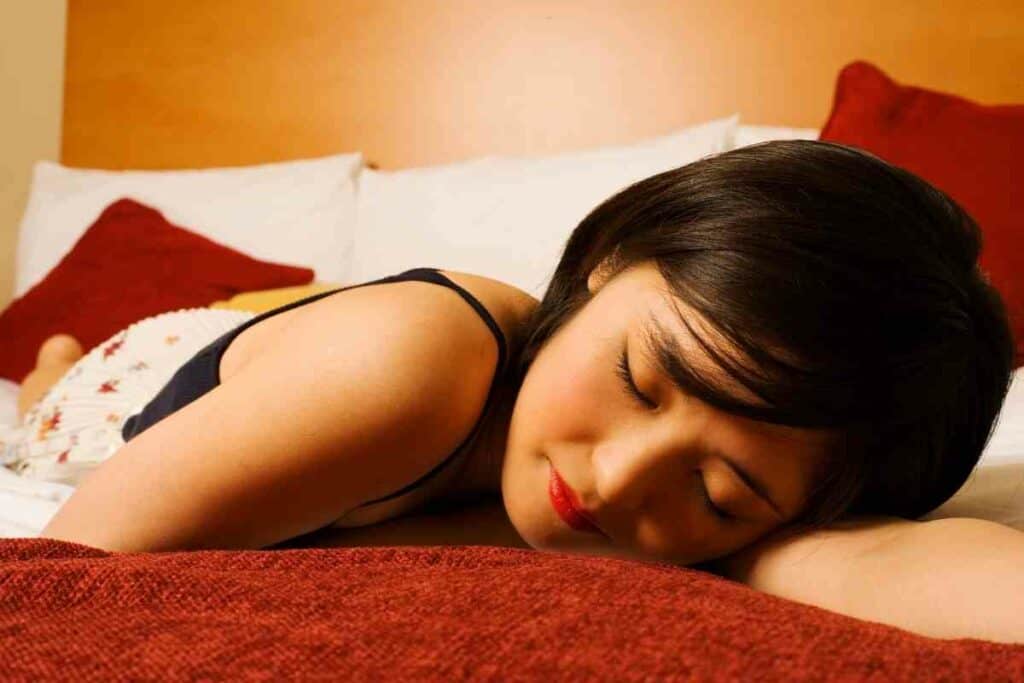
These are the potential advantages to sleeping on the floor:
- The temperature is cooler on the floor, which is more comfortable and beneficial for sleeping
- Sleeping on a firm surface provides relief from back pain
- It can improve posture
Many people also report improved circulation and reduced muscle pain. It’s also good for improved spinal alignment.
Other benefits are to the environment given that shikifutons are made entirely from cotton and don’t have huge manufacturing processes and costs.
What’s More – Japanese futon beds are really transportable which means that people will often take theirs with them when they’re going to sleep at someone else’s house, for example.
Looking after a Japanese futon bed
Because futons are used on a regular basis and then stored away during the daytime, they need to be put into direct sunlight to allow them to air.
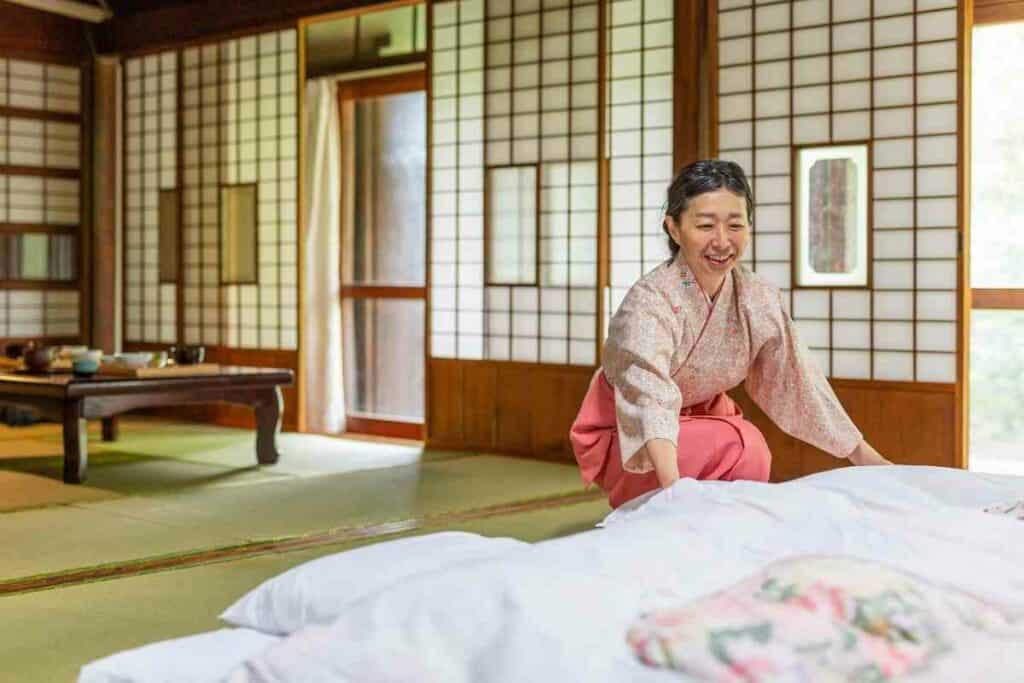
This stops them from becoming moldy. Because of this practice, it’s not uncommon to see futons being hung from apartment windows and there are never any regulations against doing so.
On a sunny day, therefore, you’ll often see the urban landscape awash with hanging futons.
You might also see people with futon tataki, which are special sticks made of bamboo to beat their futon and get rid of dust.
When it comes to the rainy season, people often make use of futon dryers to air their sleeping mats.
Other Sleep Principles in Japan
As well as the traditional futon sleeping arrangements, the Japanese have different views with regard to sleep compared to the Western world.
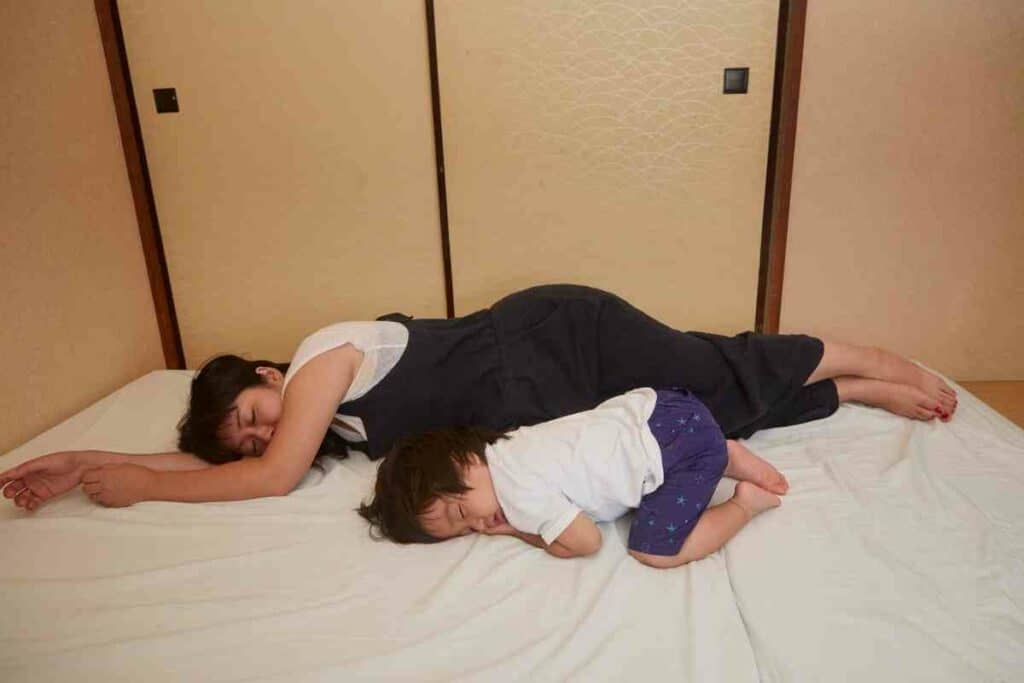
In families, for example, co-sleeping is common. Often, parents deliberately sleep in the same space as their young children and babies.
Also, Japan has a phenomenon called inemuri, which is their attitude towards napping. Japanese people won’t roll out their futon beds for a quick nap.
Instead: They will nap anywhere and everywhere when they feel sleepy. This might be on a bench, on public transport, or even at work.
Japanese sleeping habits and why they’re beneficial
As humans have got used to sleeping in higher beds and sitting in chairs, it has meant that we are no longer bending our knees and legs beyond a certain degree like our ancestors of ancient times.
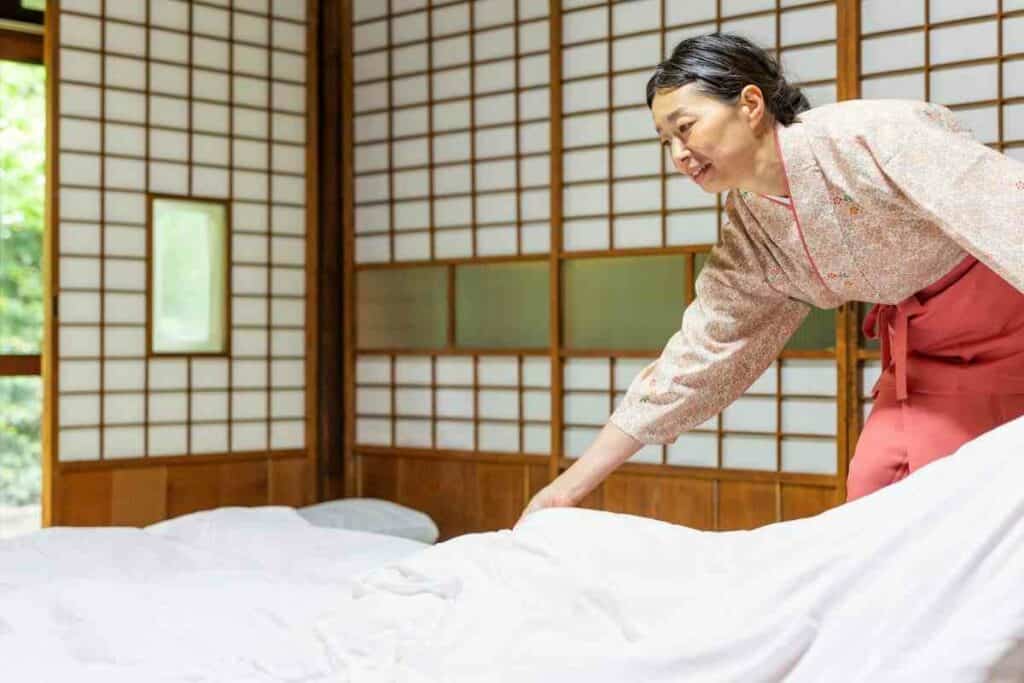
Adopting Japanese sleeping and sitting habits is good for us as it keeps us supple for much longer. We’ll be less likely to get stiff over time.
What’s more, putting beds and bedding away each day establishes a great discipline in starting our day of in a tidy and organised manner.
Other types of Japanese beds
Though the roll-out futon bed is traditional, many Japanese people use different types of beds nowadays.
This includes platform beds.
Japanese Platform Beds
With the Japanese often being characterized as elegant and simplistic, you’ll see this reflected in their modern platform beds.
Keeping in practice with the low heigh of futon-style beds, a platform bed is also low to the ground.
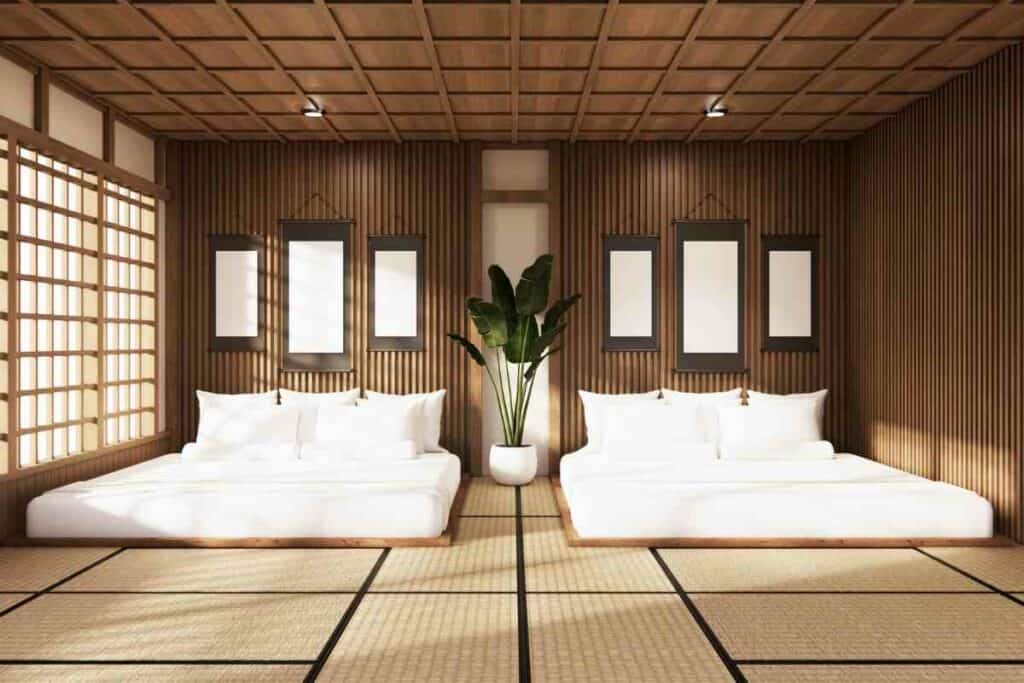
Platform beds often have a simple headboard or no headboard at all in order to take up less space.
These more modern-style beds are more like beds you’ll see in the west though they’re typically made of wood or bamboo.
These beds can either be used with a traditional futon or a Western mattress.
Western-style beds in Japan
More and more, you’ll see Western-style beds and mattresses in Japan.
Compared to Japanese futons, these are available in many different sizes like a:
- single size
- small double size (called semi-double)
- double size
- queen size
- and king size
Ashitsuki beds
In Japan, ashitsuki means the sole of your foot or ‘legs attached’.

These are simply mattresses with detachable legs, which means you can put the mattress on a bed frame later on if you wish.
This is a cheaper option than a full bed, but it can be inconvenient when it comes to finding sheets that fit.
Final Thoughts
There is something to be said about sleeping on a firm surface and the Japanese tradition of futon beds certainly helps in that respect.
In summary, they’re great space-savers, can be taken anywhere for overnight stays, and are inexpensive.
However, a lot of Japanese people are now choosing to sleep in more Western-style beds, which means that this phenomenon might eventually be a thing of the past.
Finally, what’s great about the Japanese attitude to sleeping is that they have the great concept that is inemuri so you’ll see Japanese people sleeping at work, in train stations, and during their commute.
Also Read
- Best Japanese Knives Top Picks for Every Kitchen
- Japan’s Bold New Trend: Dressing Like a British Gentleman (or at Least Trying)
- 7 Best Japanese Sunscreen Products You Can Buy Online
- 5 Best Japanese Makeup Brushes for a Flawless Finish
- 7 Benefits Of Tatami Mats You Should Know
- The Best Furoshiki Wrapping Cloths: Inspiration, Ideas & Cloths You Can Buy


